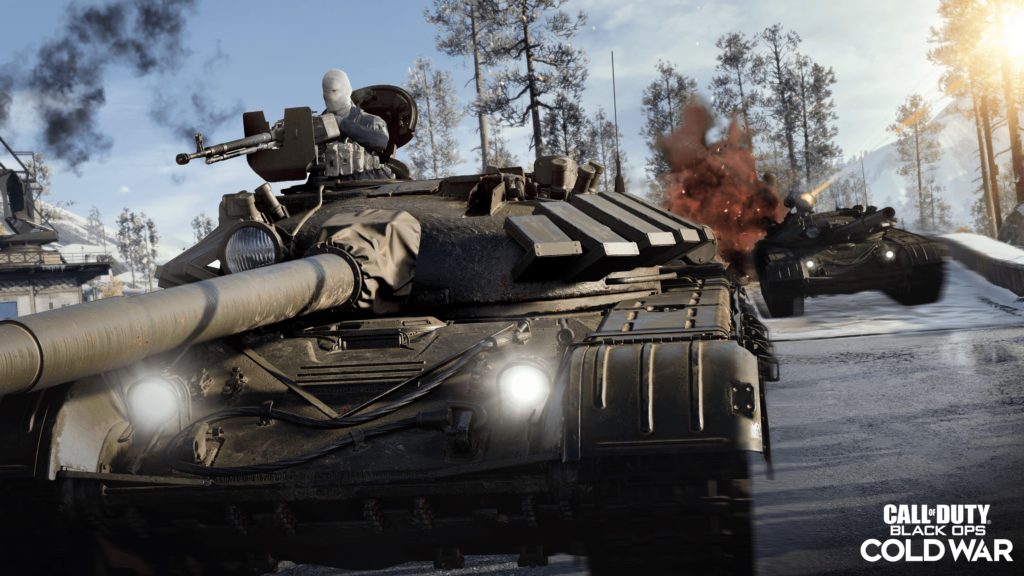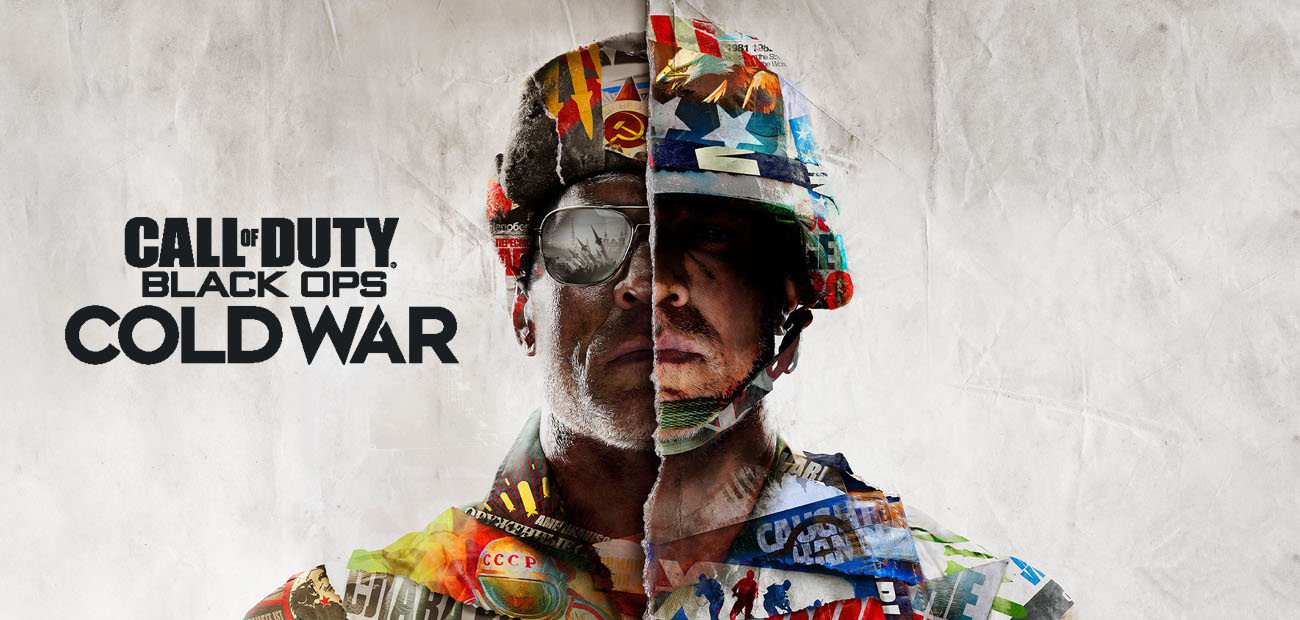

But the new DLC, as previously mentioned, brings a linear campaign to the mix and, because it’s so easy to dive into, it helped me to get into the game enough to appreciate its robustness as a sandbox. Don’t get me wrong, the new units alone add hundreds of hours of gameplay for those of us who view these kinds of games like a digital collection of war toys to play with. Thankfully, the third DLC addresses that.Īs best as I can tell, the previous two DLCs just added some developer-created scenarios and a plethora of new units. It can, however, be a bit daunting for new players. What this all boils down to is a game you can pick up and start playing in about five minutes, like checkers or chess, but it could take years to delve into its minor nuances enough to master. In AB you’re forced to take into account things such as line of sight, weather, illumination, command delay, ballistics, sound-detection, and dozens of other variables affecting each and every unit on the map.

It forces you to plan your movements well ahead.Īnd speaking of planning, this isn’t the kind of real-time strategy game where you just worry about hitpoints and swarming. This is to simulate command delay (your units don’t magically get the message all at once and when they finally do they have to plan the best way to execute before rushing off to do what you tell them).

Gameplay is simple: you place your units on a map, decide how they should engage by toggling orders and standard operating procedures, and then start the clock.ĭuring play you can issue orders to your individual units, but the units won’t react instantly. The big idea here is to represent individual battles both historical and fictional from the cold war era down to the most finite, measurable details. There are some 700-ish units by my count, each with its own set of stats, incredibly detailed maps, and more systems in place than you can shake a cursor at. Simply put, Armored Brigade is a single-player cold war sandbox.


 0 kommentar(er)
0 kommentar(er)
